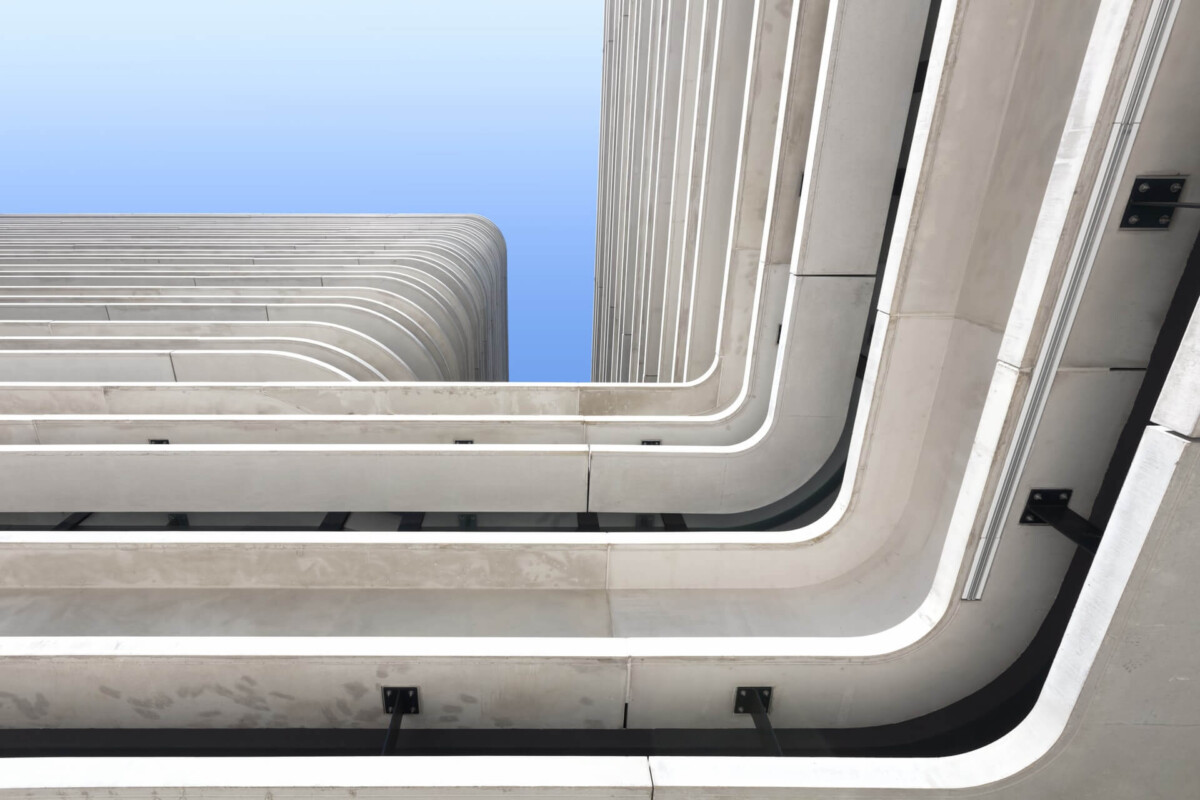California Assembly Bill 617 (AB 617), Community Air Protection Program was signed into law by Governor Gavin Newsom on July 26, 2017, with the stated goal of improving health across California communities most affected by air pollution. To accomplish this, companies operating in affected communities will be required to report, monitor, and reduce their air emissions to established levels.
Facilities that will be impacted by AB 617 include stationary emission sources from manufacturing facilities, power plants, wastewater treatment plants, and refineries. Additionally, mobile sources may also be included either directly through requirements developed by transportation agencies, or indirectly through changes to environmental planning requirements.
Key Requirements of AB 617 include:
- Statewide criteria pollutant and air toxic emissions reporting for targeted stationary sources
- Required and expedited installation of emissions controls on existing sources that do not meet pollutant standards
- Development of a statewide strategy to reduce air emissions in affected communities
- Development of community-level air quality monitoring and emissions reduction programs in affected communities.
Affected Communities
California Air Resources Board (CARB) has identified 10 communities that are affected by a high cumulative exposure burden. These targeted communities will be subject to additional air monitoring by the local air district and/or a community emissions reduction program (CERP).
The 10 communities identified for 2019 are:
- Richmond
- West Oakland
- Calexico
- El Centro
- Heber
- South Sacramento
- Florin
- Portside Environmental Justice Neighborhoods in San Diego County
- Shafter
- South Central Fresno
- East Los Angeles Neighborhoods
- Boyle Heights
- Muscoy
- San Bernardino
- Wilmington
- West Long Beach
- Carson
Additional communities will be identified for inclusion each subsequent year of the program starting in December 2019.
According to CARB, they will use data collected from community monitoring stations to identify which sources to target for emission reductions. Companies with stationary sources may be required to deploy fence-line monitoring if they are determined to materially affect local air quality.
Statewide Emissions Reporting Requirements for Stationary Sources
Beginning in 2020, the identified company will be required to submit annual criteria pollutant and air toxic emissions inventories by May 1 of each year, starting with 2019 data. Identified facilities fall into one of three categories:
- Facilities that are already required to report greenhouse gas emissions to CARB
- Facilities located in nonattainment areas that are permitted to emit >250 tons per year (TPY) of a nonattainment pollutant or its precursor via a Permit to Operate (PTO)
- Facilities that are categorized by an air district as a high priority
CARB has identified over 1,200 facilities that meet at least one of these categories. For facilities that do not currently fall into one of these categories, future modifications to AB 617 are expected to include smaller facilities using sector-specific activity thresholds.
Concluding Remarks
Whether your company has operations in California, Texas, or across the globe, Cority’s emissions inventory solution has been designed by subject matter experts to support your air teams with collecting data, managing sources and controls, and creating emissions reports.
Contact your account manager to set up a demo.
Stay Up to Date with Regulatory Change
Subscribe to our newsletter to stay informed with the latest environmental, health, safety regulatory updates:










